It's been a good week, here in Belle Plaine. Monday, in a slick bit of multi-tasking, I finished the library doors while teaching one art class. Tuesday, I made it to the garden club meeting on time, and the rest of the week, I painted furniture for a few different clients, and even collected a hug from one of them. Any week that ends in a hug from a client is a good one! I like paychecks, but my job isn't done until the client is happy, and Julie was very happy with her painted hutch.
 |
| Vintage cabinet, probably circa 1910. |
When Julie decided to have this painted, her husband expressed concern at painting a good wood piece. To quote designer Christopher Lowell, "Fellas, just because it's wood, doesn't mean it's good". Although, in this case, the piece was perfectly pretty in it's bare glory. The problem with it, is that it is adjacent to a kitchen full of dark, very fine quality, custom cherry cabinetry, in a house accented with heavy wood timber beams. This hutch's placement and function should have made it an accent piece, and instead, it was the last thing you would notice. It needed color to give it presence in this room.
 |
| Vintage cabinet with three color blended finish, lightly distressed. |
We went to stage two, which was adding some streaks of black and burnt umber. This way the overall effect was as dark as the originally chosen color, but bits of the fresher green kept it from being gloomy, and the effect was far more stunning than any single color. Now, when you walk into the room, the pretty cherry cabinets are an elegant background, and the feature piece takes the spotlight.
 |
| Most of the dark color you see isn't the wood peeking through, but bits of black and burnt umber blended in. |
1. If it's common, go for it. Just about anything made after 1900, though it may be antique, isn't hand carved or one-of-a-kind.
2. If in doubt, check with a dealer, to be sure you aren't destroying significant value. If it's ugly, but valuable, you can sell it and buy something you like. Family heirloom? I sold mine and used the money to have a jeweler make me a necklace I wear every day, featuring a pearl on a gold oyster shell. Grandpa isn't around to know, but since oysters were significant to his business, I think he'd approve. If not, perhaps he'll have a chance to tell me about it one day. I'll risk it.
3. Ultimately, don't let "should" make your decision. No matter what anyone else thinks, you are the one living with it. If you think you would enjoy your dining room set more painted in hot pink lacquer, why not do it? Wood is only good if it pleases your eye. Living with furniture you dislike does not improve the quality of your life, no matter how valuable the piece.
There are more examples of painted furniture and cabinetry on my website, theartofthehome.com.
If you are painting a piece yourself and run into questions or problems, feel free to email me, and I'll share any advice I have. dawnmariedelara@gmail.com.
























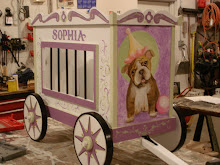

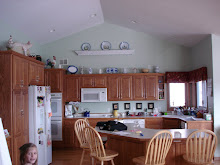






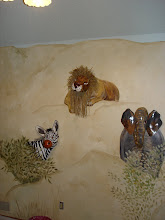
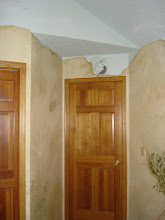
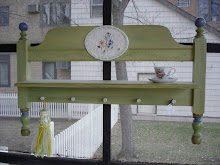

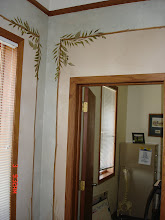



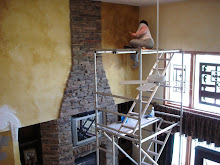



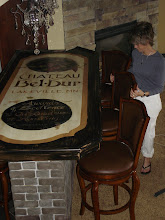
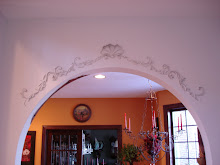



No comments:
Post a Comment